

If you're a teacher or a parent looking for ways to help your child master multiplication, our free multiplication worksheets and games can be a great resource. Designed to cover the basic multiplication facts from 1 to 12, these printable pdfs can be a fun and engaging way to help children practice their multiplication skills. Additionally, we offer a variety of times table games and other fun multiplication practice activities to provide even more resources for teachers and students alike.
The best part is that these worksheets include multiplication practice for everyday situations and are completely free and easy to download. All you need to do is click on the link below the worksheets, and you will get access to a PDF file that contains all worksheets and answers.
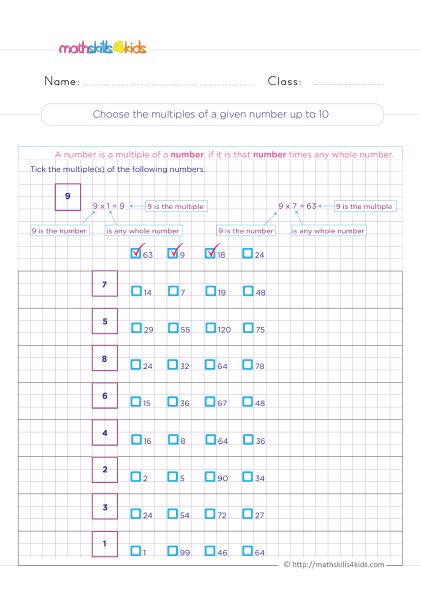 Print it.
Print it.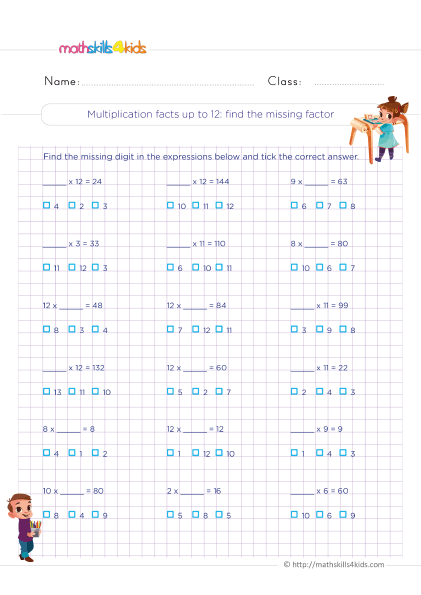 Print it.
Print it.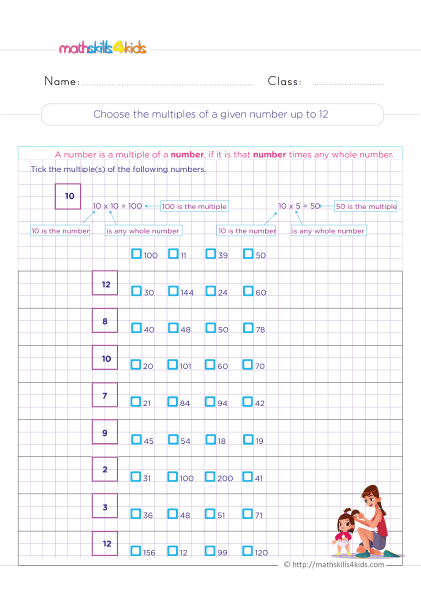 Print it.
Print it.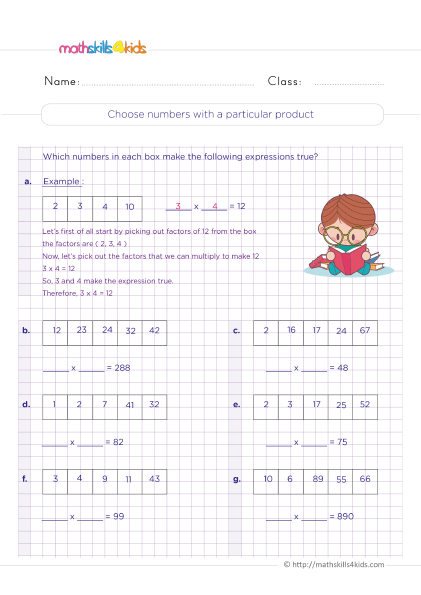 Print it.
Print it.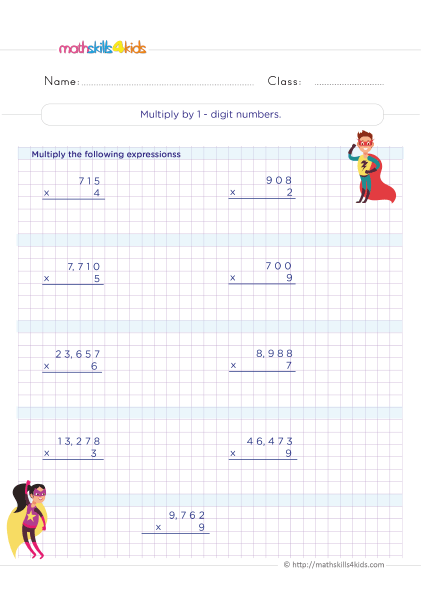 Print it.
Print it.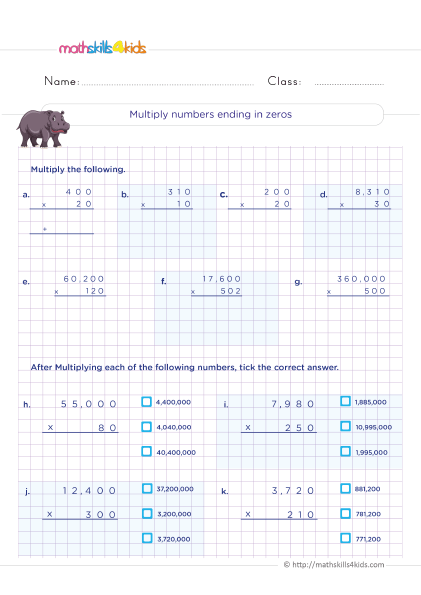 Print it.
Print it.
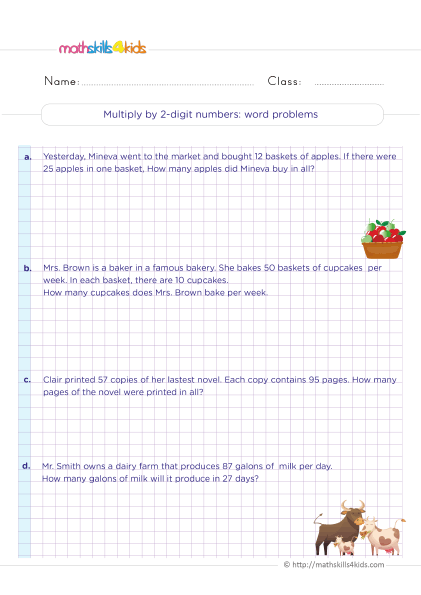 Print it.
Print it.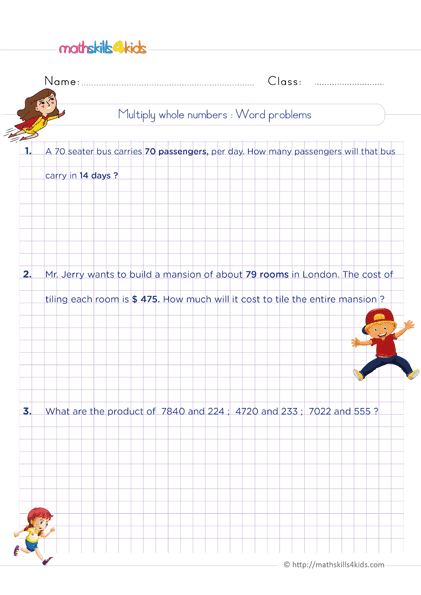 Print it.
Print it.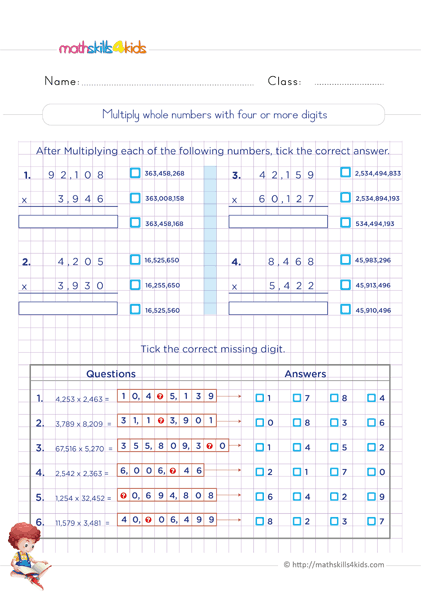 Print it.
Print it.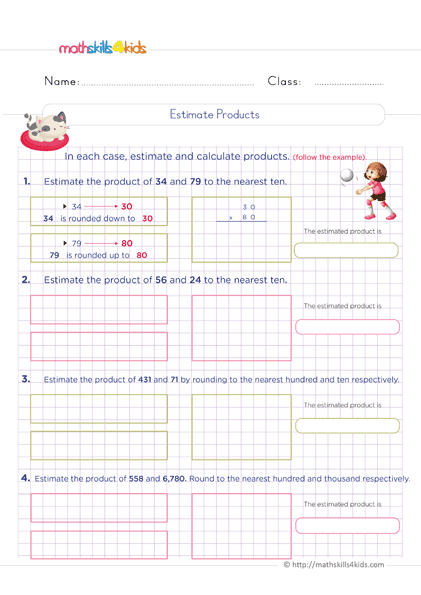 Print it.
Print it.
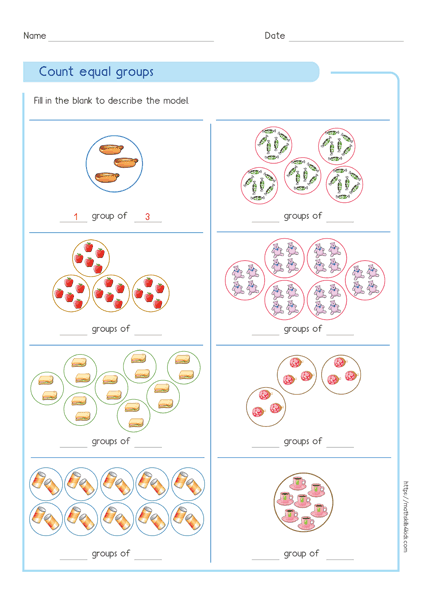 Print it.
Print it.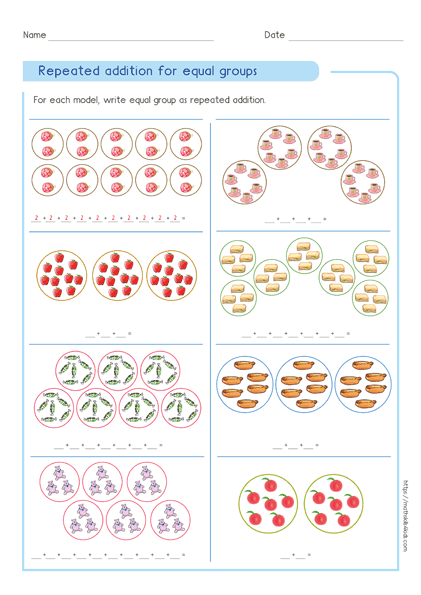 Print it.
Print it.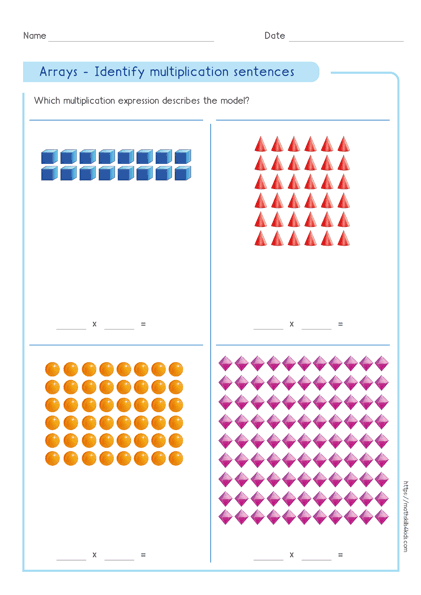 Print it.
Print it.Have you downloaded this first set of worksheets to understand the concept of multiplication?
Great! Let's move on to the next level!
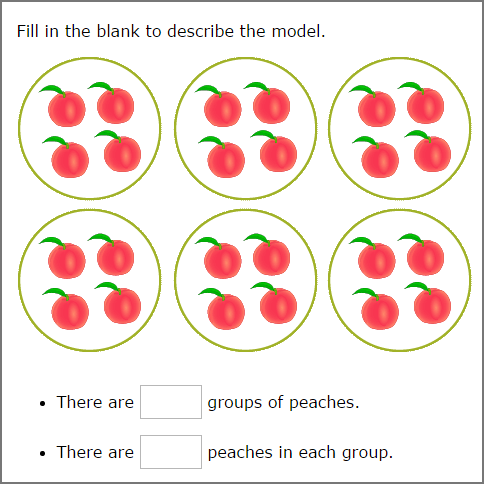


One way to think about multiplication is to count how many objects are in equal groups. For example, if you have 6 groups of 4 peaches each, you can count how many peaches there are in total by counting 4, 8, 12, 16, 20, and 24. This is really interesting, but for now, we just need to explain what we are seeing here. That is the first step for kids to understand what multiplication is. So, as we can see: There are 6 groups of peaches. There are 4 peaches in each group.
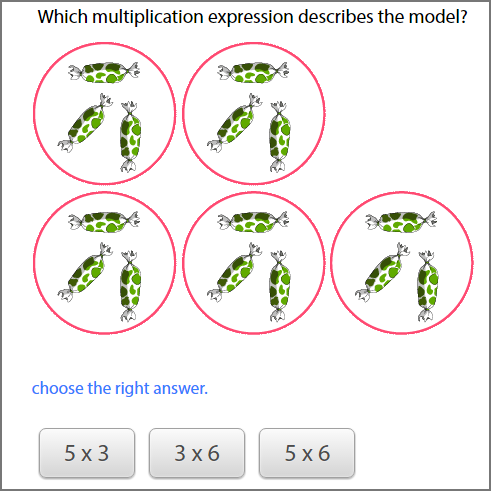


A multiplication expression is a way of writing how many objects are in equal groups using numbers and symbols. For example, 4 x 2 is a multiplication expression that means 4 groups of 2 objects each. Let’s get back to the picture above: As we can see, the picture shows 5 groups of 3 sweets each. So, the correct answer is 5 x 3.
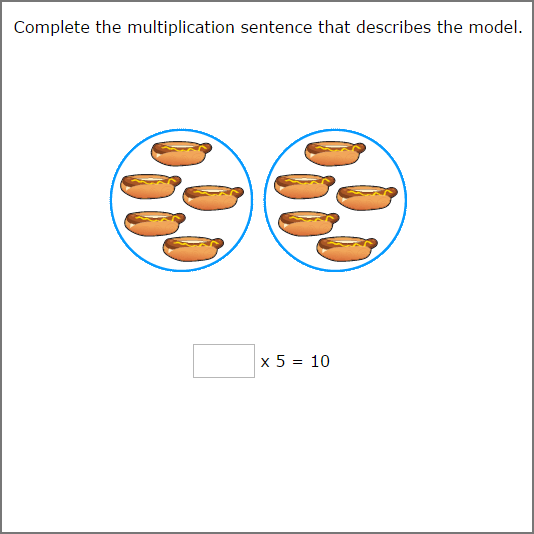


A multiplication sentence is a way of writing how many objects are in equal groups using numbers, symbols, and an equal sign (=). For example, 2 x 5 = 10 is a multiplication sentence that means 2 groups of 5 objects, each equals 10 objects in total. Let’s get back to the picture. We can see the multiplication sentence with the missing factor ___ x 5 = 10. The missing factor here is 2, which means that the number 2 times 5 equals 10.
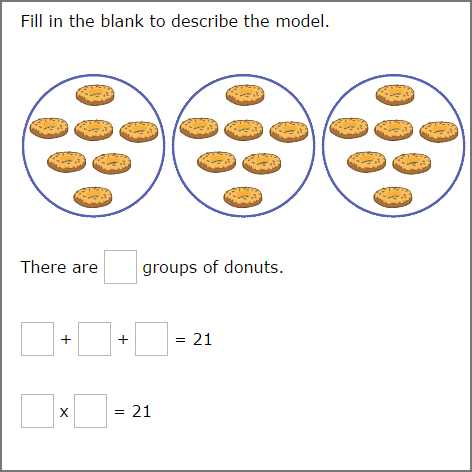


Another way to think about multiplication is to use repeated addition. Repeated addition means adding the same number over and over again. For example, here we have 3 groups of 7 donuts each. So, we can add 7 + 7 + 7 to get the total number of donuts. You can also write this as (3 x 7) or (7 + 7 + 7). This means that multiplying by a number is the same as adding that number as many times as the other number.
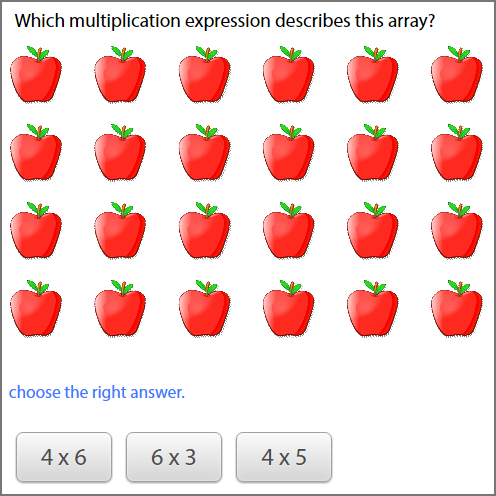


An array is a rectangular arrangement of objects or symbols in rows and columns. Each row has the same number of objects or symbols, and each column has the same number of objects or symbols. For example, here is an array of apples: This array has 4 rows and 6 columns. We can write a multiplication expression for this array by using the number of rows and the number of columns as factors. A factor is a number that is multiplied by another number. The product is the result of multiplying two factors.
For this array, we can write: 4 x 6 = 24.
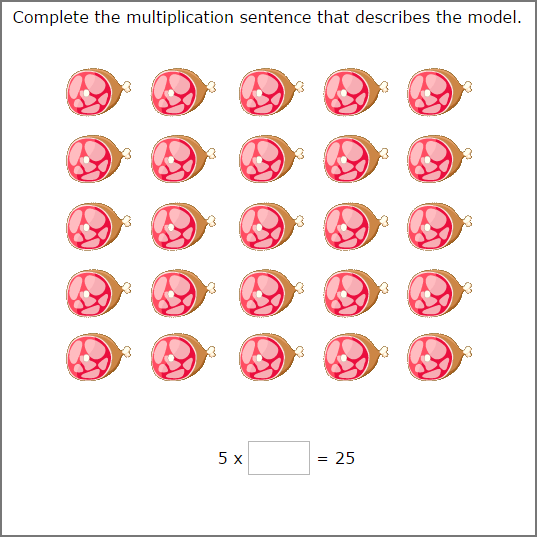


We can use arrays to model different multiplication situations. For example, if we want to find out what is the missing number in this array of lambs, we have 5 x ___ = 25. We can see that there are 5 groups of 5 lambs in the array, and the total number of lambs is 25. The multiplication expression for this array is: 5 x 5 = 25
Multiplication skill builders is made of excellent training games. It provides easy to use interactive interface for student to learn multiplication basics.
By using these contents, children from anywhere in the world will practicing and learning multiplication the easiest way.